Oxygen Not Included How to Make Critters Wild Again
Fiber is an immensely beneficial material in Oxygen Not Included. Reed Fiber's practical use is to craft Clothing, Atmo Suits, and Insulation. These items are essential for temperature regulation of both the base and dupes. Reed Fibers can also be used in decorative items like Blank Canvas, Portrait Canvas, and Landscape Canvas to reduce stress levels.
For the Insulation alone, players will want a steady source of this material via farms and other methods. There are a number of ways to accumulate Reed Fiber and some tips on making it more efficient. Here are some things to consider if your dupes need Fiber.
10 It's Harvested From Thimble Reeds
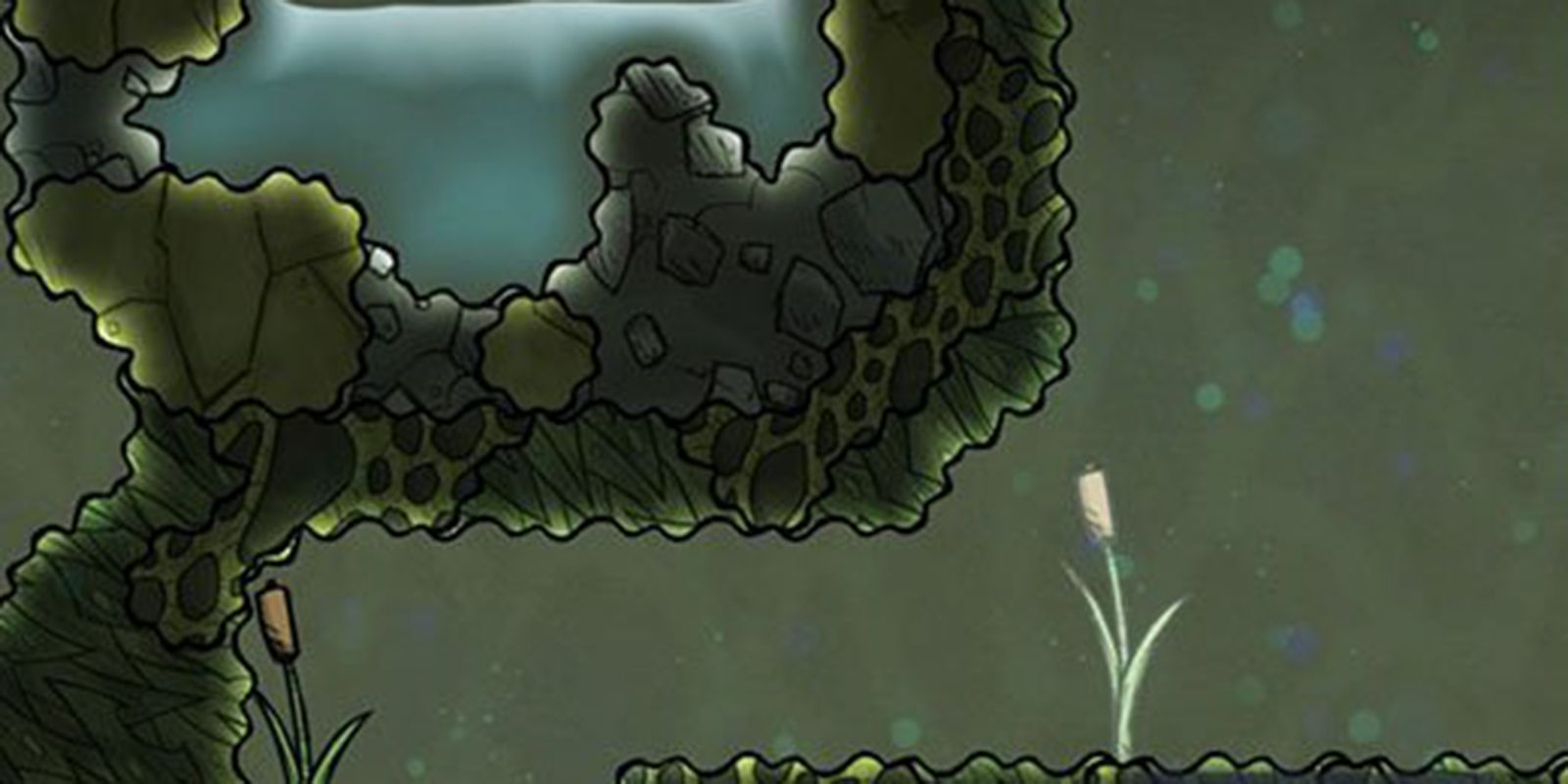
Thimble Reeds are one of the primary sources for Reed Fibers. It's a plant that grows in Swamp Biomes and when domesticated takes two cycles to grow. It does require Oxygen, Polluted Oxygen, Carbon Dioxide, Water, or Polluted Water to grow.
It can be planted on both Farm Tiles and Hydroponic Tiles depending on the players needs. The other thing to consider is that they require a temperature range of 22 to 37 degrees Celsius to grow.
9 Benefits Of Thimble Reed Farms
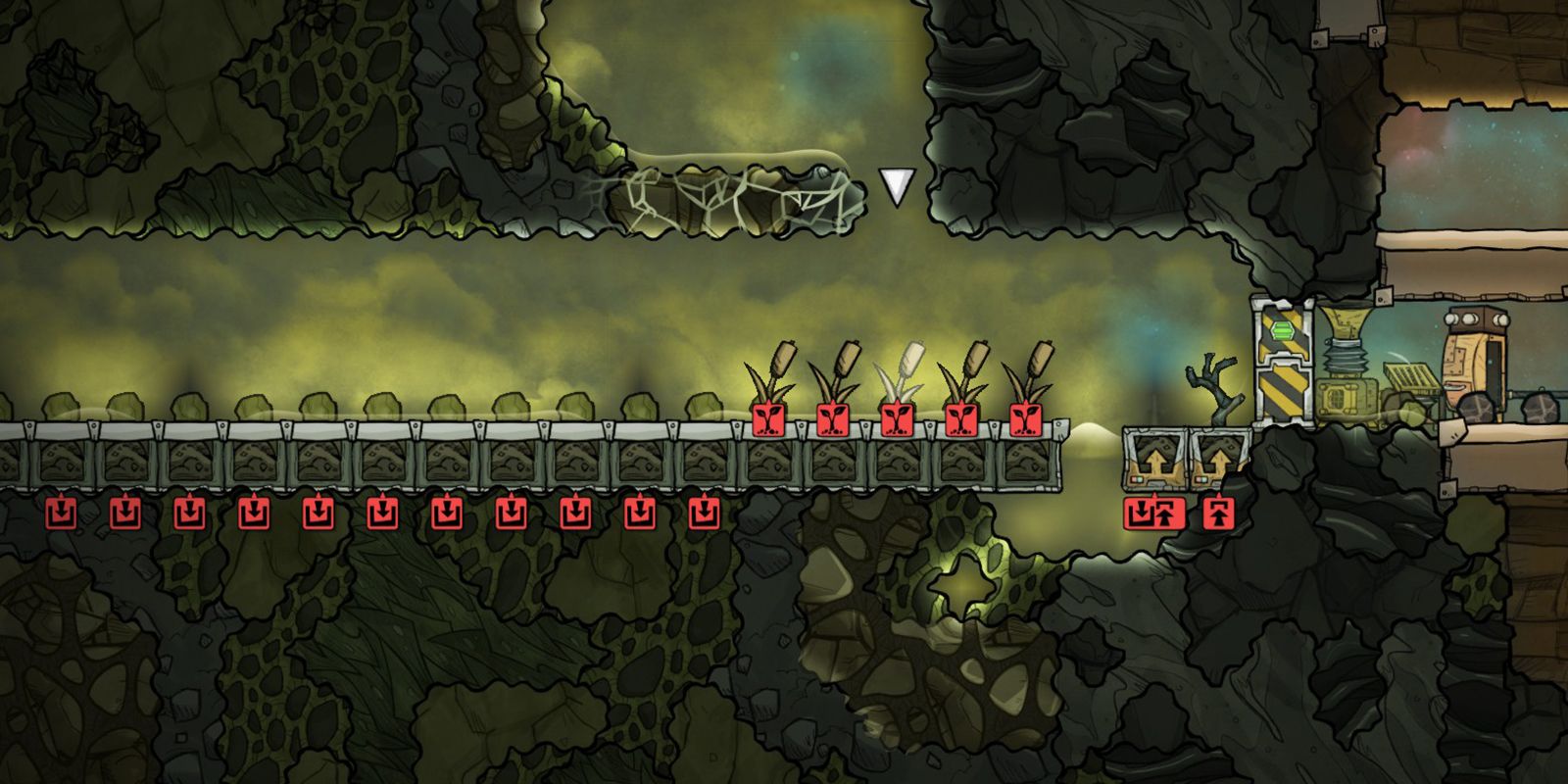
Thimble Reeds are one of the easiest plants in the game to grow. It doesn't require fertilization and only needs regular irrigation for it to grow. As stated before a domesticated plant only takes two cycles to reach maturity.
With the right setup players can have a largely hands off Thimble Reed farm that only needs to be harvested now and then. It's also a great way to consume excess polluted water. In general Thimble Reed farms should be considered if the player wants a low maintenance source of Reed Fiber.
8 Harvest Wild Thimble Reeds
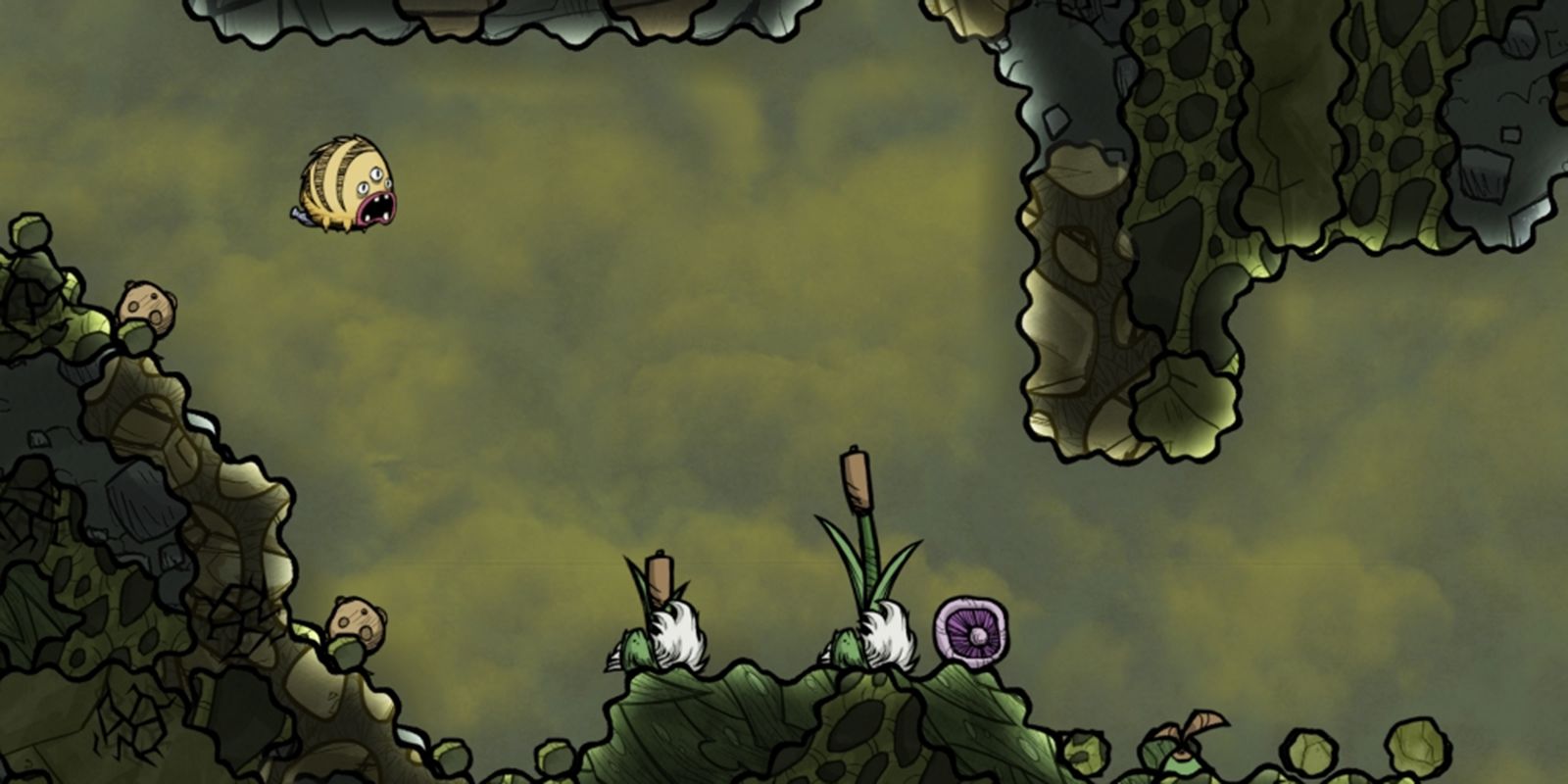
Fiber reed never rots so players can take their sweet time harvesting it. For this reason it might be more efficient to simply gather what's needed from wild plants rather than growing a farm. Wild plants are inefficient as they require eight cycles to grow to maturity instead of two, but if the player only needs a bit every now and then its hardly an issue.
For players who don't intend to use Insulation and only need some for Clothes or Atmo Suits this is a viable option. But for players who need large amounts or intend to use Insulation in their builds then a domesticated farm is better.
7 Grow Thimble Reeds Near Bathrooms

Thimble Reeds grow using polluted water and a steady source is often the bathrooms. This is especially true if players create self-sustaining bathrooms which create a surplus of either polluted or clean water. Players can siphon off the excess polluted water to grow Thimble Reeds.
A single Thimble Reed requires 160 kg of Polluted water every cycle to grow. This means a single plant will consume about 13 dupes worth of toilet water. For many players this effectively solves any issues with toilet water production in the early parts of this survival game.
6 Thimble Reeds Can Be Submerged
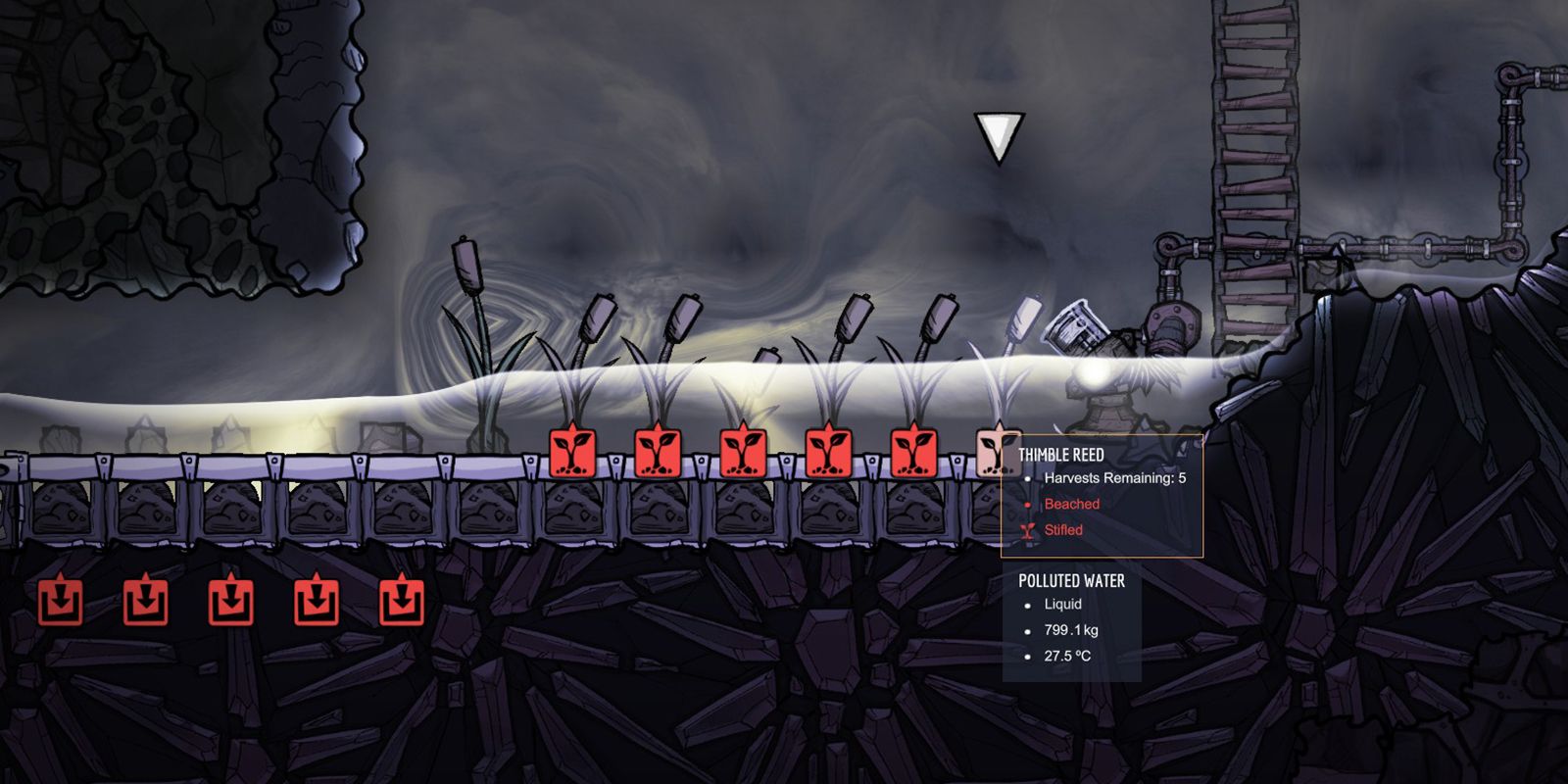
Another unique quirk with Thimble Reeds is that they can continue to grow even if completely submerged in liquid. Players can completely flood a farm without any risk of halting production cycles. Admittedly the plant will still need to be irrigated so there's little benefit in terms of Fiber production.
That being said clever players can create a system where polluted water is stored in the same room as Thimble Reeds and then siphon it off to irrigate the plants before cycling it back in. It's a fine way of storing excess liquid without wasting space.
5 Fibers Are Also Harvested From Plain Drecko Scales
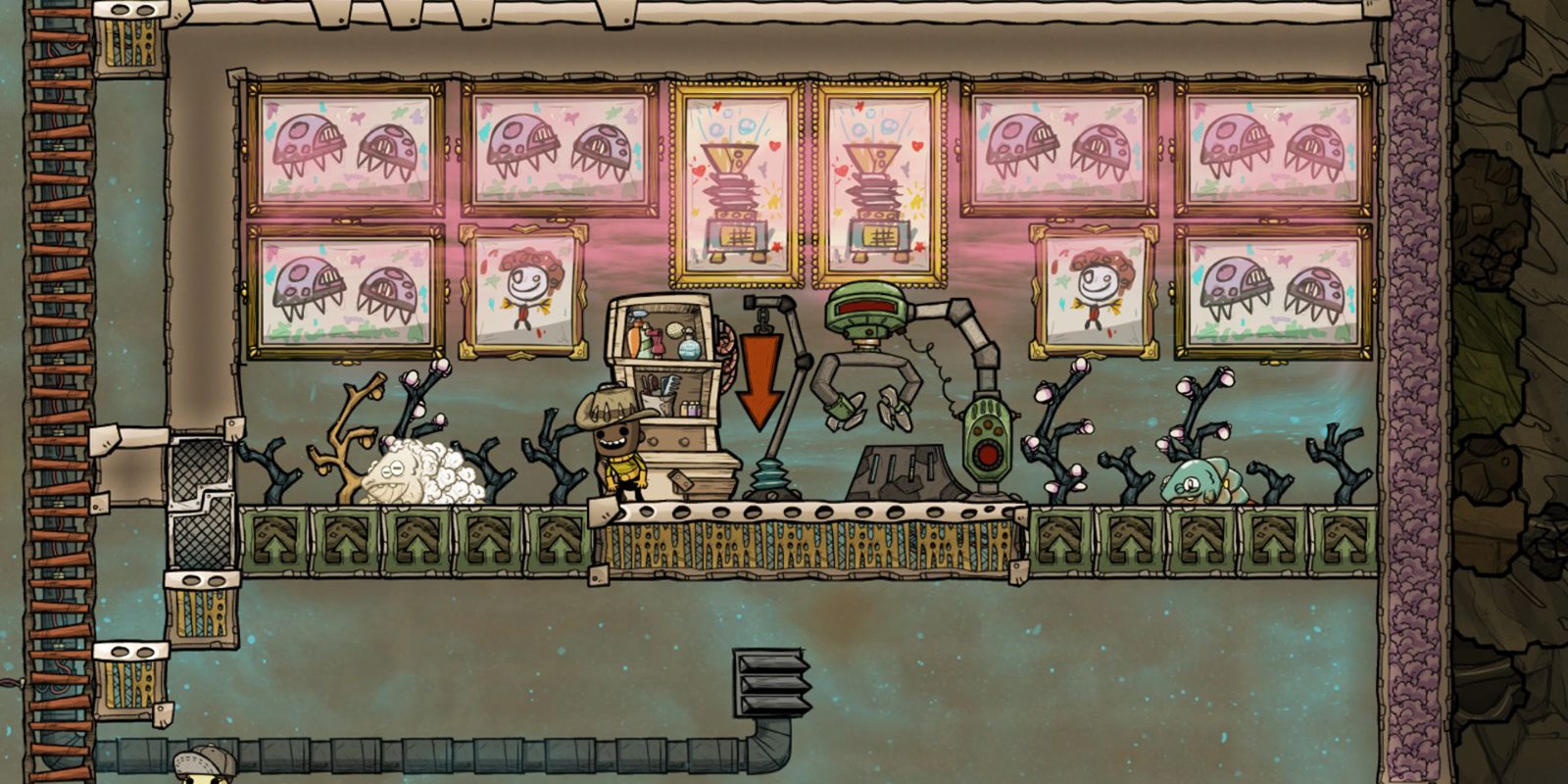
The other source of Reed Fiber is from the scales of Plain Dreckos. Glossy Dreckos will produce plastic so it's important to have the right ones. These little critters are found in Caustic Biomes. They're non-hostile creatures and will only attack in retaliation, but even then a standard duplicant should have no trouble taking it down.
They need to feed every 600 seconds or so and will eat Pincha Pepperplant, Balm Lily, and Meal Wood. They will reduce the growth rate of a plant by 25% when they feed. After feeding they will defecate Phosphorite. They have a core temperature of 80 degrees Celsius that gradually cools to match their environment. They require Hydrogen to grow scales.
4 Benefits Of A Plain Drecko Farm
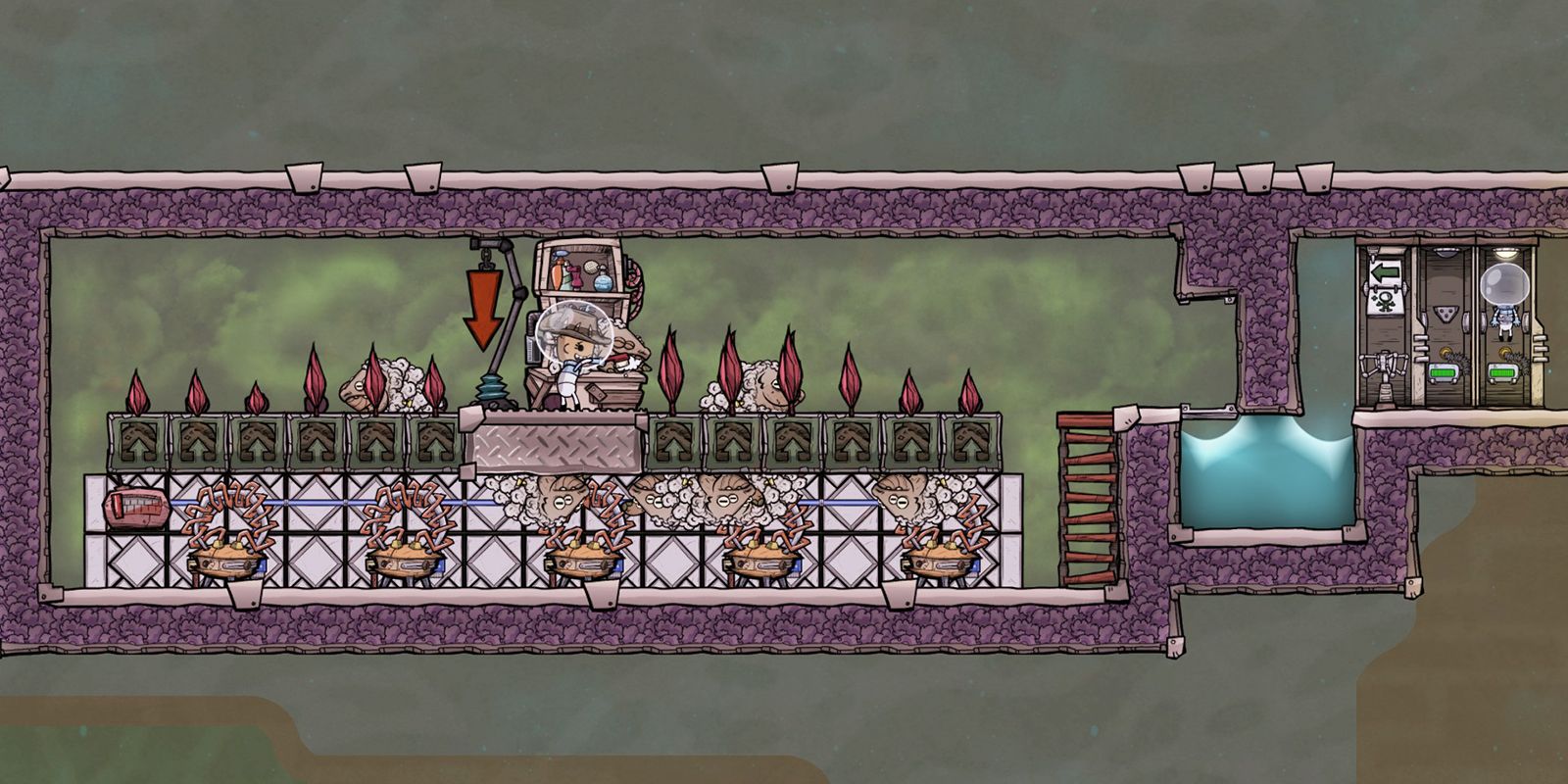
Drecko farms require a bit more setup and maintenance than a Thimble Reed farm and are less efficient. A Drecko produces two Fiber every eight cycles as opposed to the Thimble Reeds one unit every two cycles. Considering a 150 cycle lifespan a single Drecko can at most produce 18 where thimble Reed produces 75.
That being said Dreckos have the advantage of producing Phospherite which can be used in fertilization for a number of plants. Players can also kill Dreckos reaching their 150 cycle to receive Meat which is always handy in a survival game. If the player wants Phosphorite as well as the occasional meat, or if they want to use Polluted water for something else, Dreckos might be a better choice.
3 Build A Three Layer Drecko Farm
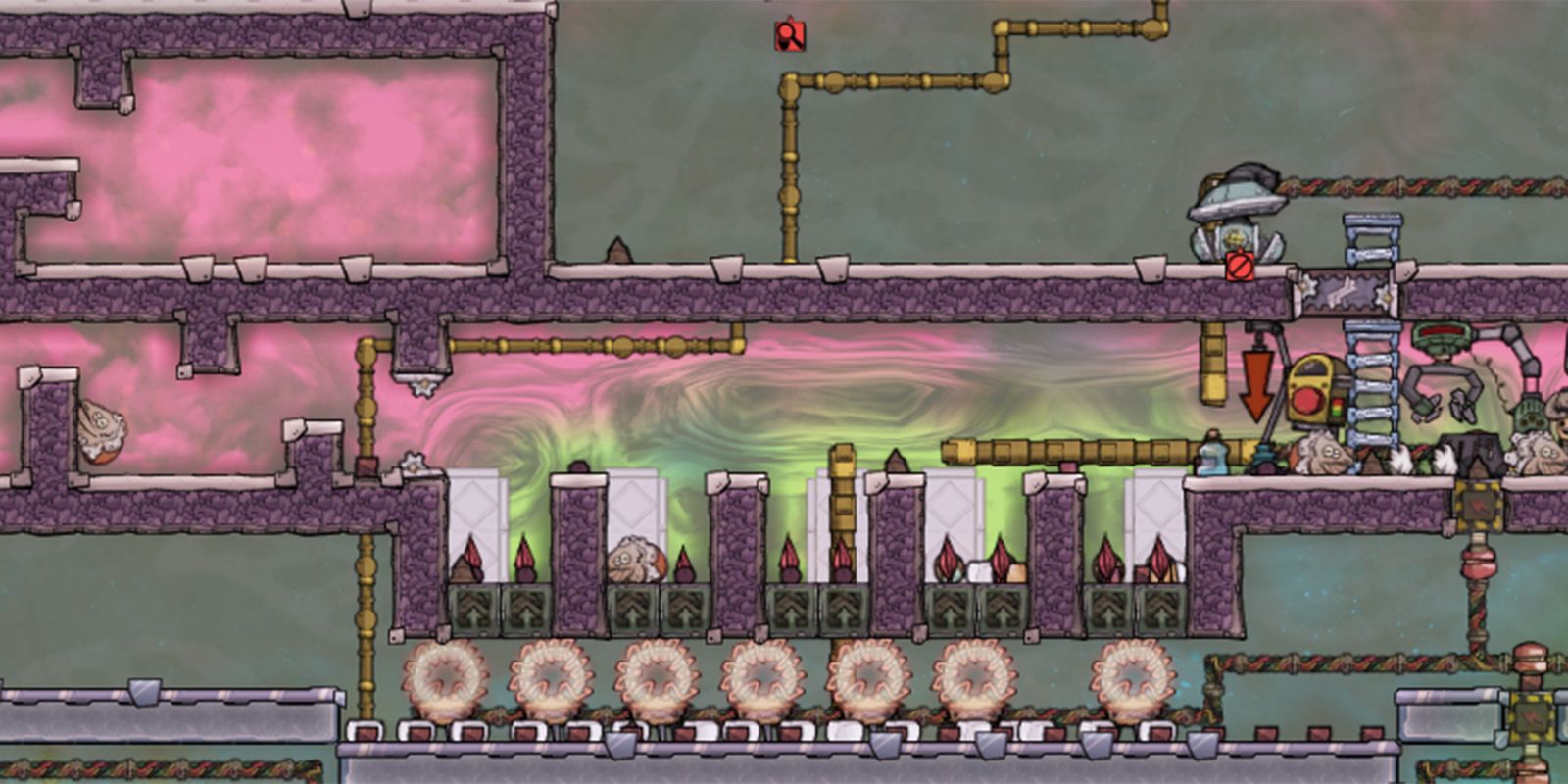
A straight forward Drecko farm consists of three layers. On the bottom layer is Chlorine which grows Balm Lilies. The second layer is filled with Oxygen and has Grooming and Shearing Stations placed nearby. The tip layer is filled with Hydrogen.
Basically the Drecko grows the scales on the top layer, is sheared on the middle layer, and feeds on the bottom. Dreckos are notorious for roaming around so they'll regularly cycle through the different layers on their own.
2 Two Layer Drecko Farm
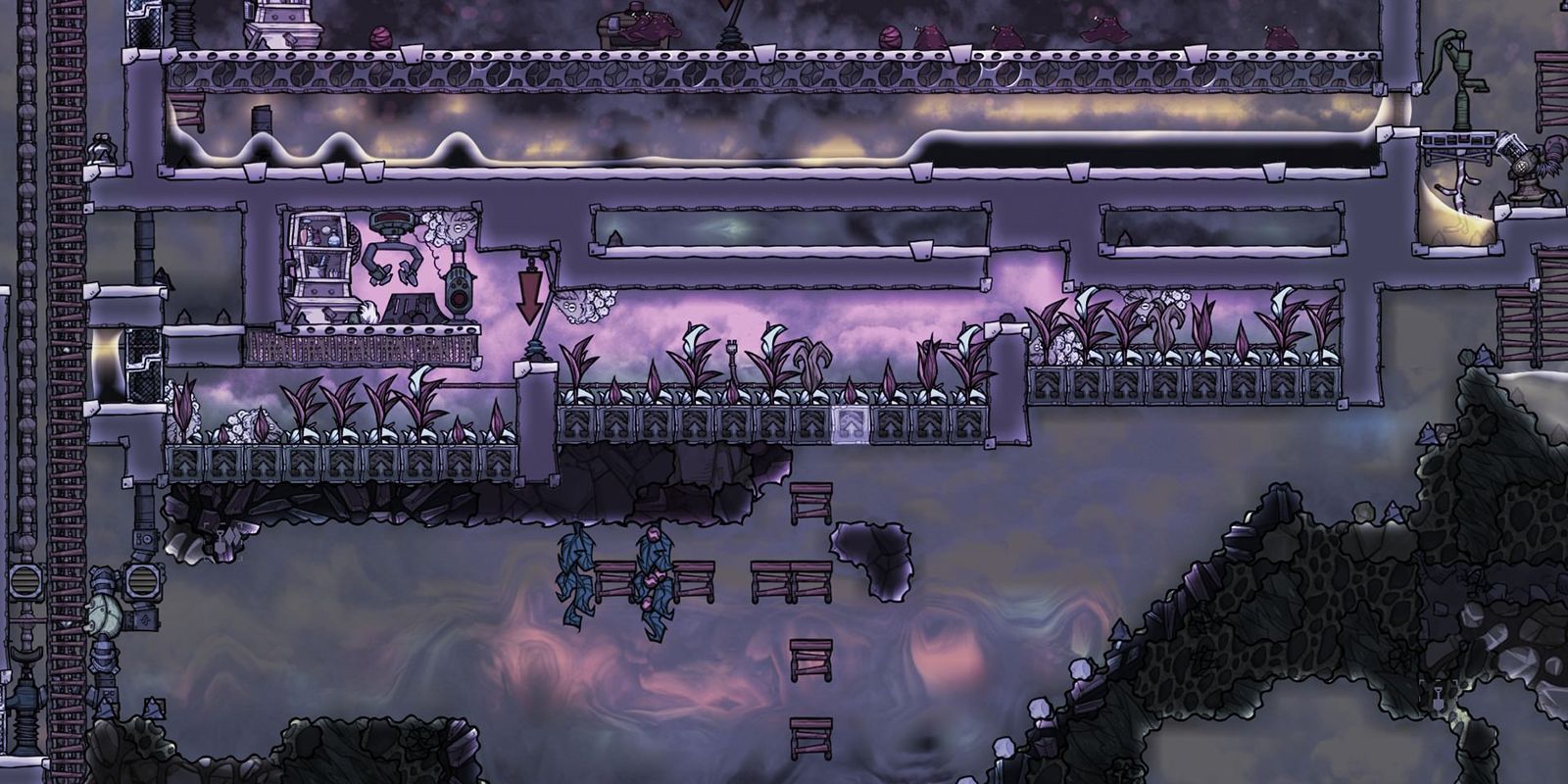
A slight tweak on the three layer farm is to remove the top layer and have the shearing layer filled with Hydrogen instead of Oxygen. Now Dreckos will only have two layers to roam which increases their scale growth rate significantly.
To make this feasible players will want to liquid lock the room to keep the Hydrogen inside. Then dupes will need Atmo Suits in order to safely enter and shear the scales. It's a bit more effort than a three layer but dramatically increases Fiber production.
1 Hydrogen Flooded Pincha Farm
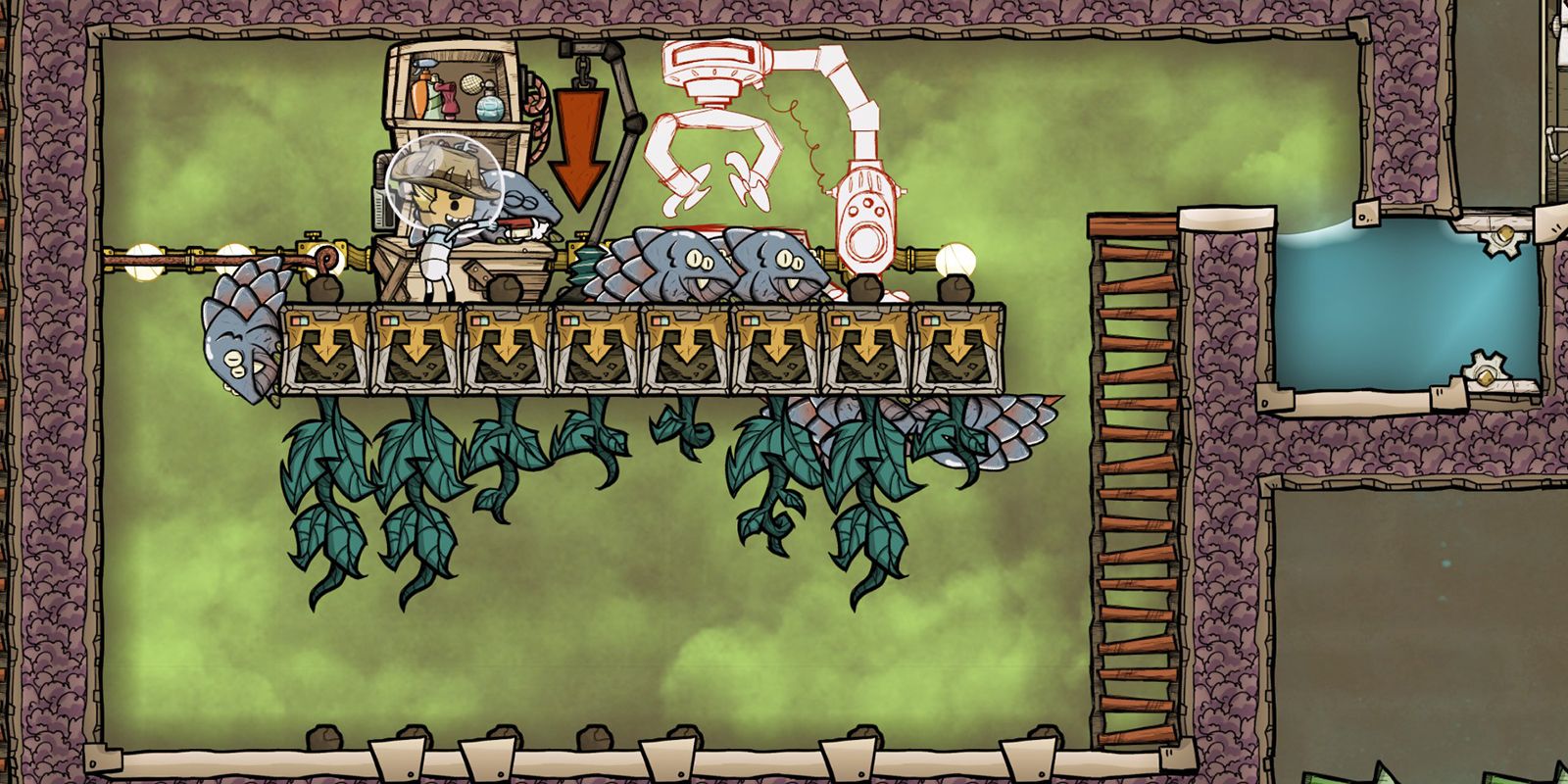
Another option is to create a room filled with Hydrogen with Pincha Peppers providing the food. This is the most efficient as Dreckos will be constantly bathed in Hydrogen ensuring their scale growth is never halted.
Pincha Peppers require a bit more maintenance than Lilies. In addition to the Hydrogen in the air they also need to be irrigated with Polluted Water. Fortunately the Dreckos will naturally provide Phosphorite to fertilize the plants. For maximum Fiber production via Dreckos this is the farm to build.
Source: https://www.thegamer.com/oxygen-not-included-fiber-tips/

0 Response to "Oxygen Not Included How to Make Critters Wild Again"
Post a Comment